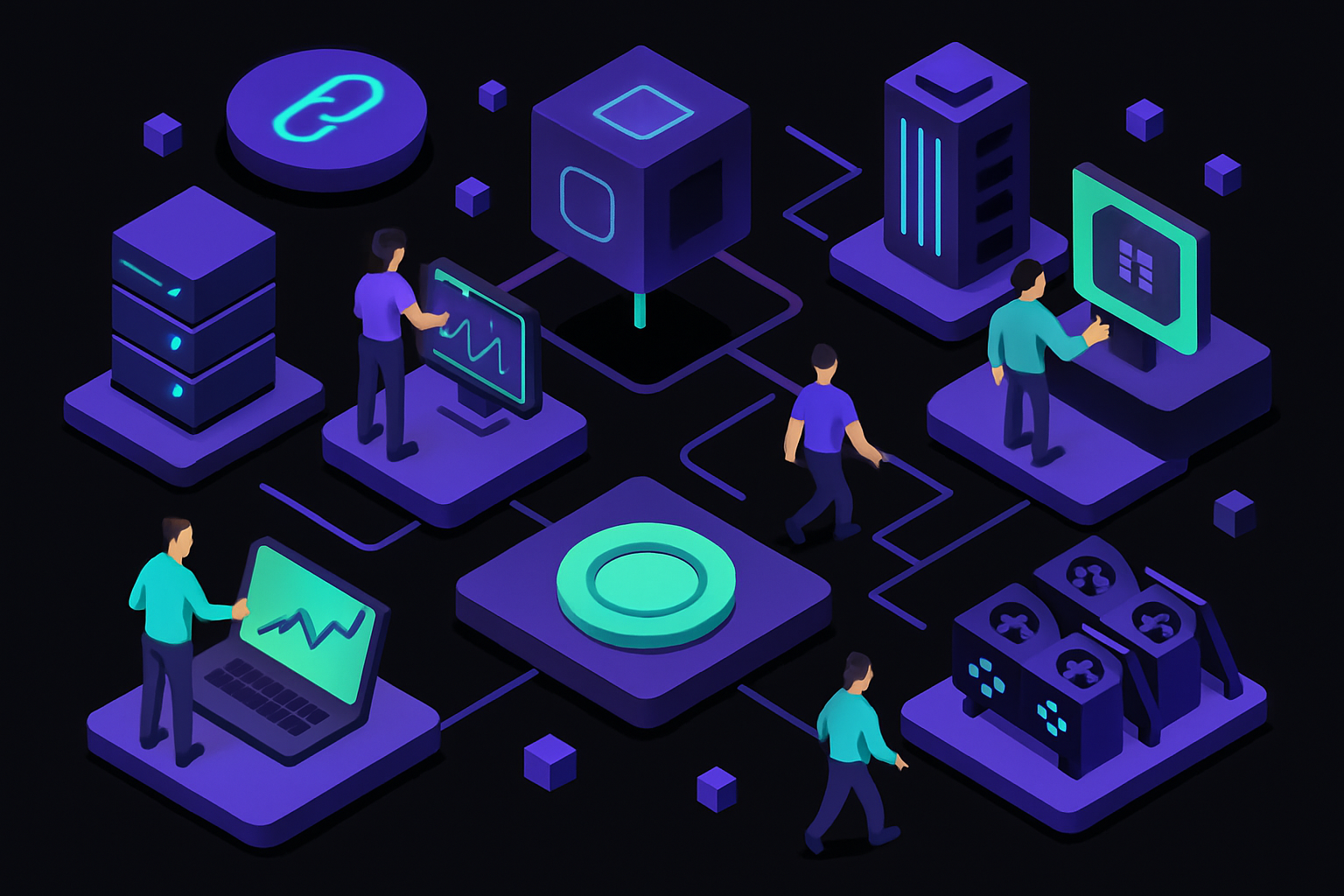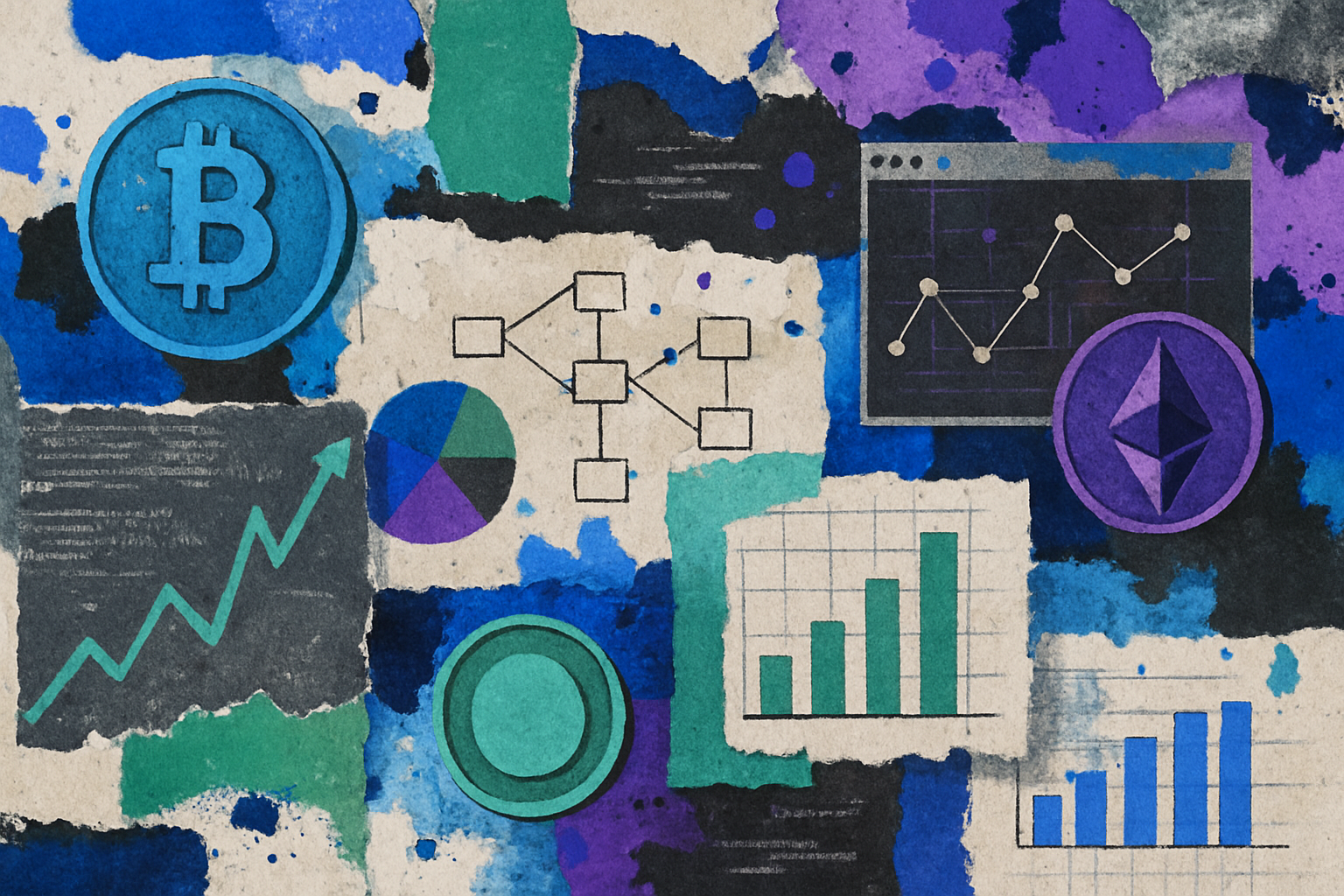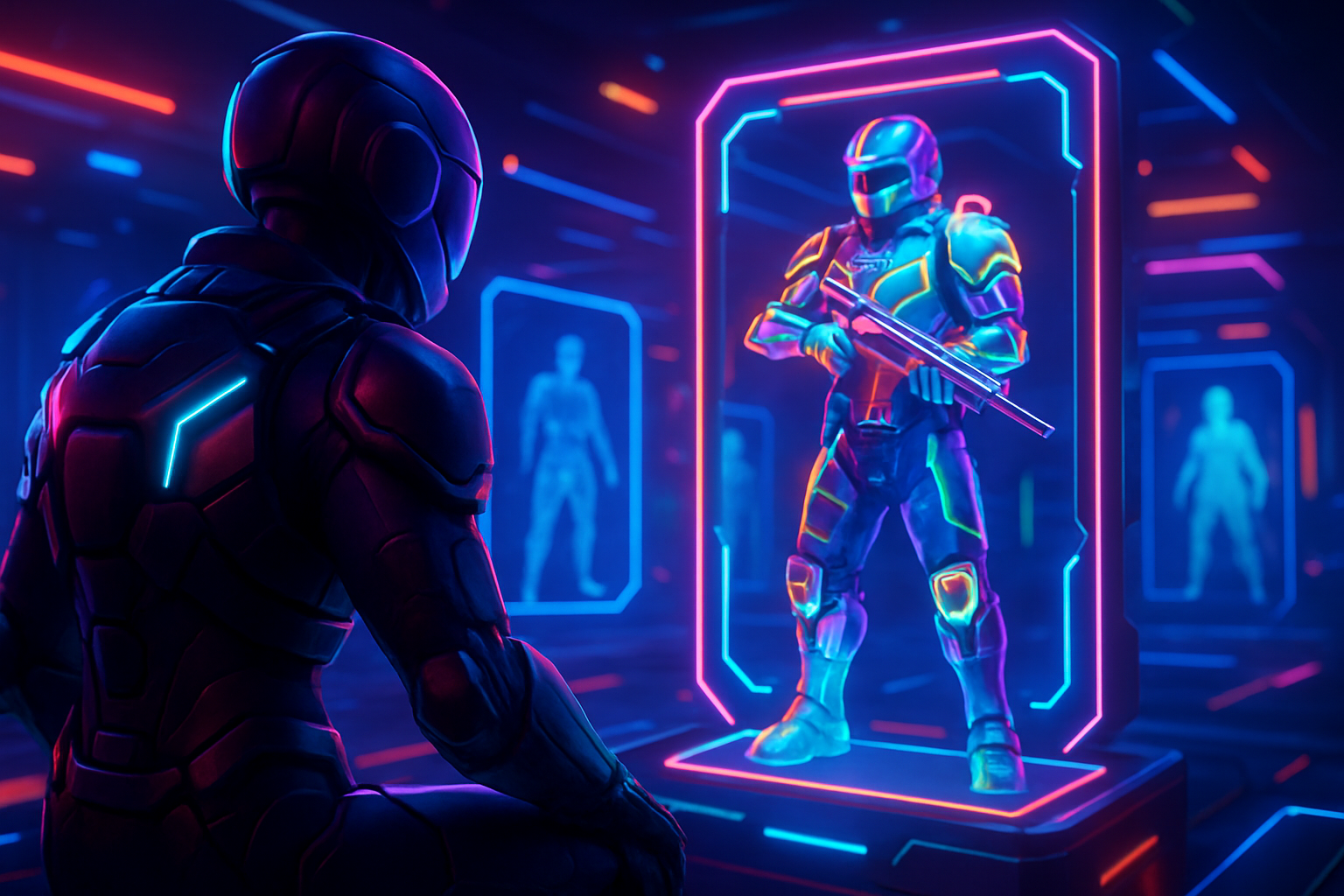
Imagine if your favorite in-game skin could evolve with your playstyle, react to your achievements, or even integrate real-world data like tournament wins or seasonal events. That’s not science fiction – it’s the new reality of programmable NFTs (pNFTs) in Web3 gaming. These aren’t just cosmetic upgrades; they’re dynamic, player-responsive assets redefining what it means to own and trade in-game skins.
![]()
From Static Skins to Dynamic Digital Assets
Traditional in-game skins are static: once you unlock or purchase them, their appearance and features remain unchanged forever. But the rise of programmable NFTs is turning this paradigm on its head. Leveraging blockchain technology and smart contracts, dynamic NFTs can morph their attributes based on player actions, milestones, or even external data feeds.
This means a skin you earn by defeating a boss might gain glowing effects or rare patterns as you reach higher ranks. Or perhaps your avatar’s armor evolves with each tournament win, becoming a living record of your journey across multiple games connected via a metagraph – a smart network that links games, tokens, and real-world data (source). No more losing your hard-earned assets when a game shuts down; these NFTs persist across platforms and universes.
The Power Behind Programmable Skins: How It Works
The magic of programmable NFTs lies in their ability to evolve through smart contract logic. Developers can set rules for how an NFT changes – maybe it unlocks new visual layers after a certain number of victories, or integrates special animations when synced with real-world events. Technologies like Reactive Smart Contracts enable these transformations to happen instantly as triggers occur within the game environment.
This isn’t just cool tech for tech’s sake. It fundamentally changes player engagement and asset value:
Key Benefits of Dynamic NFT Skins in Web3 Gaming
-
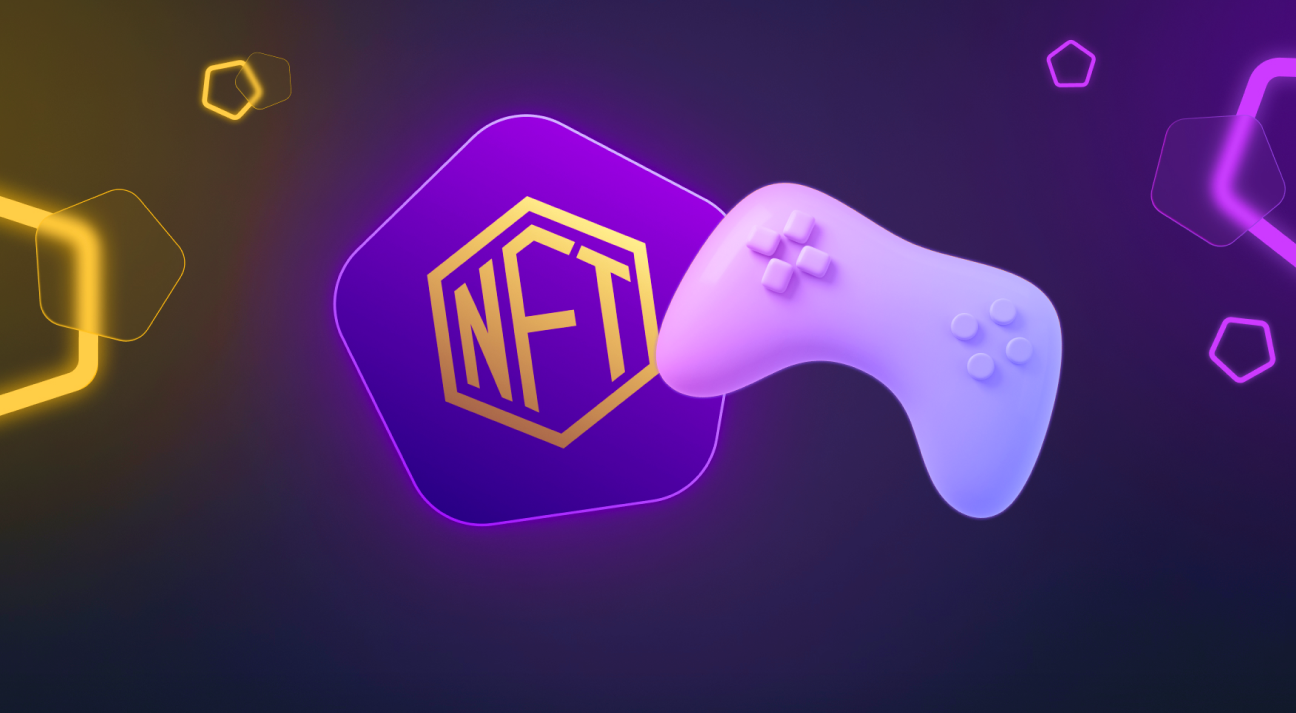
Personalized, Evolving Skins: Dynamic NFTs allow in-game skins to adapt and upgrade based on player achievements, milestones, or real-world data—making every asset a unique reflection of your gaming journey.
-
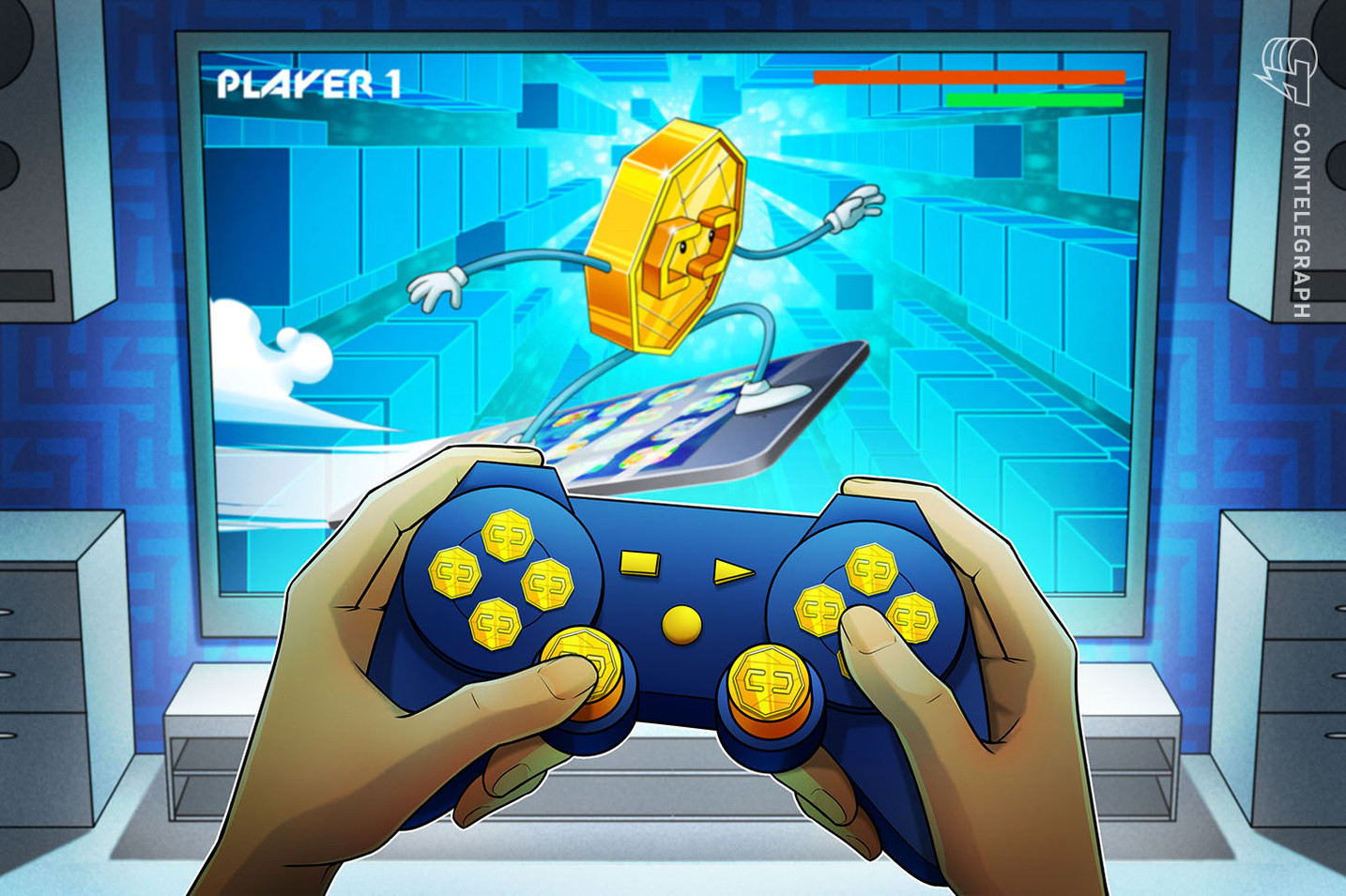
True Digital Ownership: Players genuinely own their dynamic NFT skins, which are stored on the blockchain. This means you can trade, sell, or transfer your skins across supported platforms without restrictions.
-
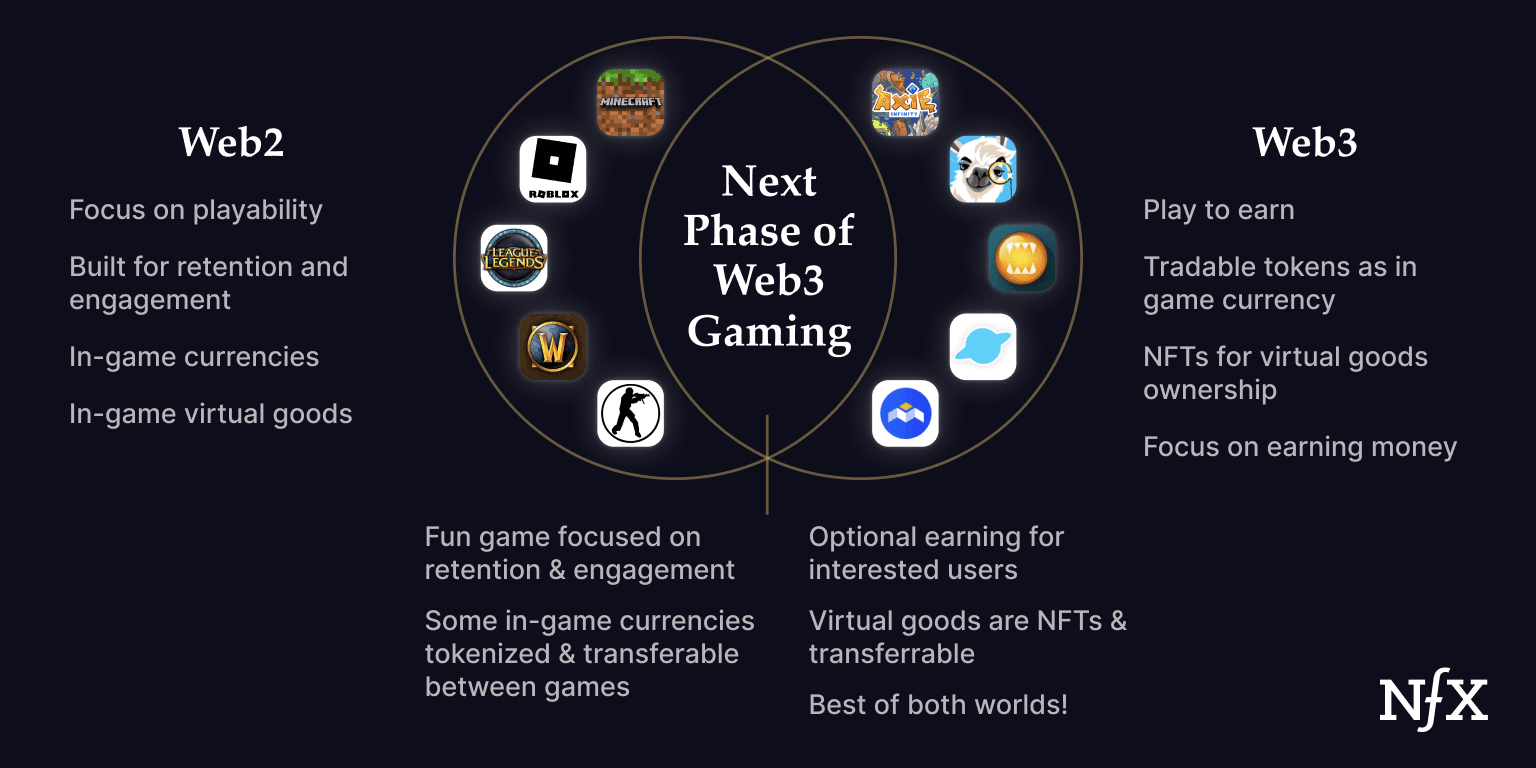
Interoperability Across Games: Thanks to metagraph-connected NFTs, dynamic skins can be used in multiple Web3 games and ecosystems, breaking down the walls between titles and expanding your avatar’s reach.
-
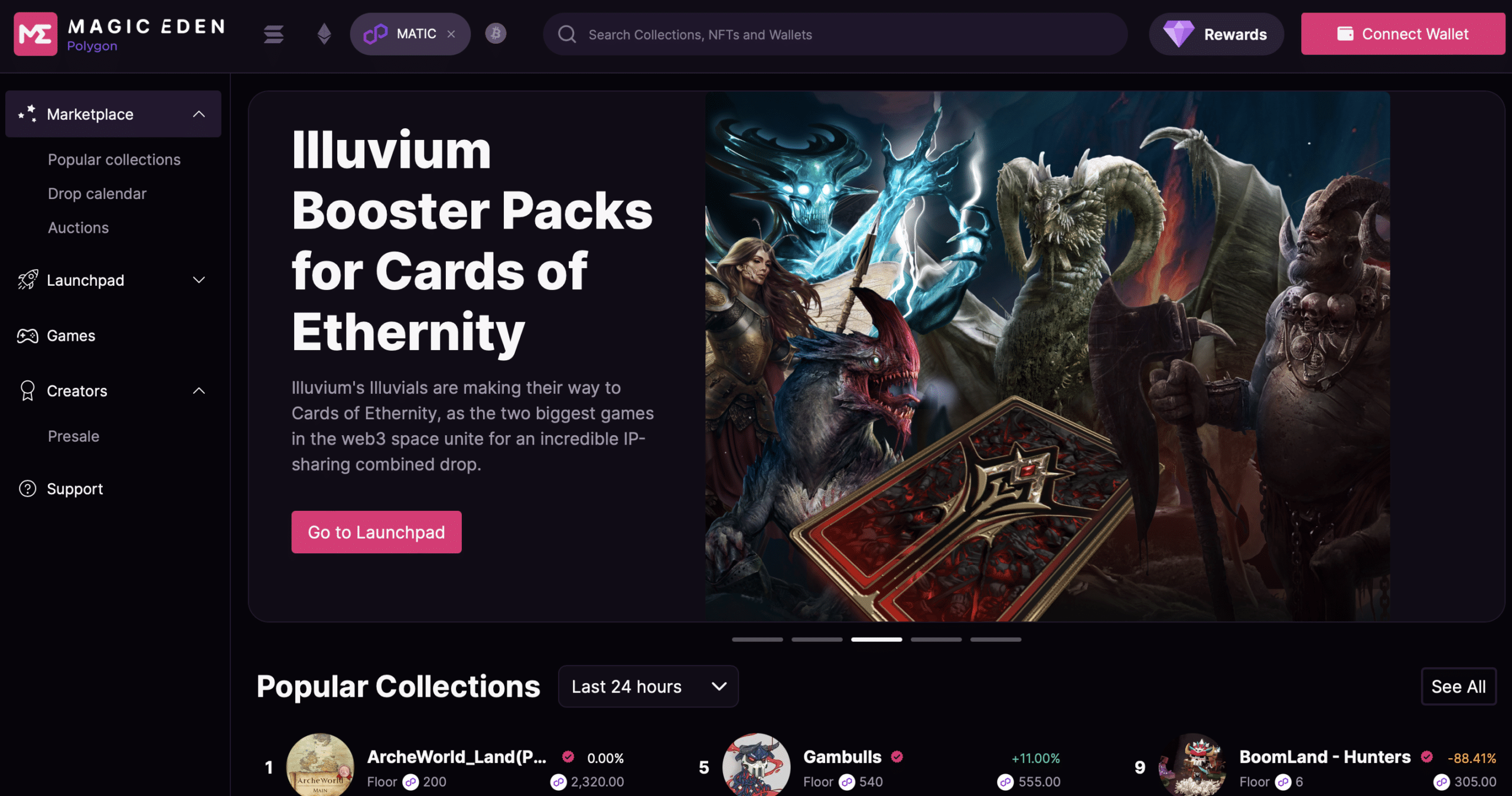
Economic Opportunities for Players: The rarity and adaptability of dynamic NFT skins can increase their value over time, giving players the chance to earn real rewards by trading or selling assets on marketplaces like OpenSea.
-
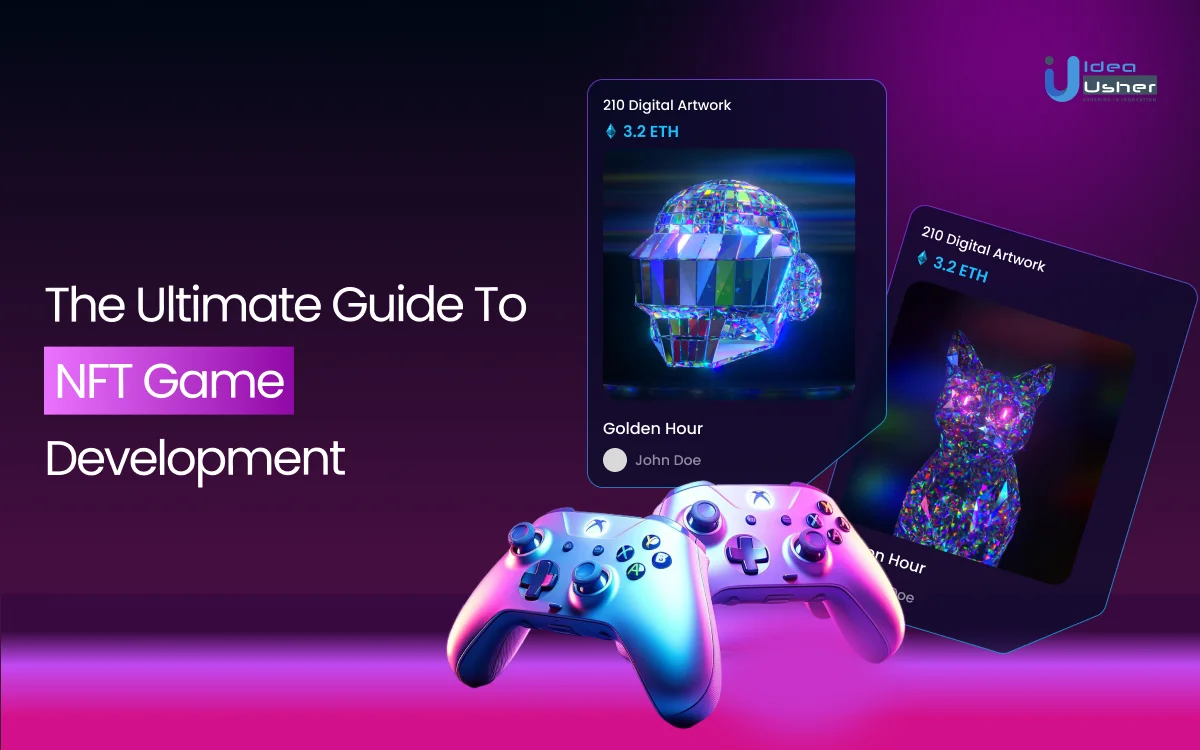
Enhanced Player Engagement: The evolving nature of dynamic NFTs keeps players motivated, as their skins visually showcase progress and accomplishments, fueling ongoing participation and competition.
-
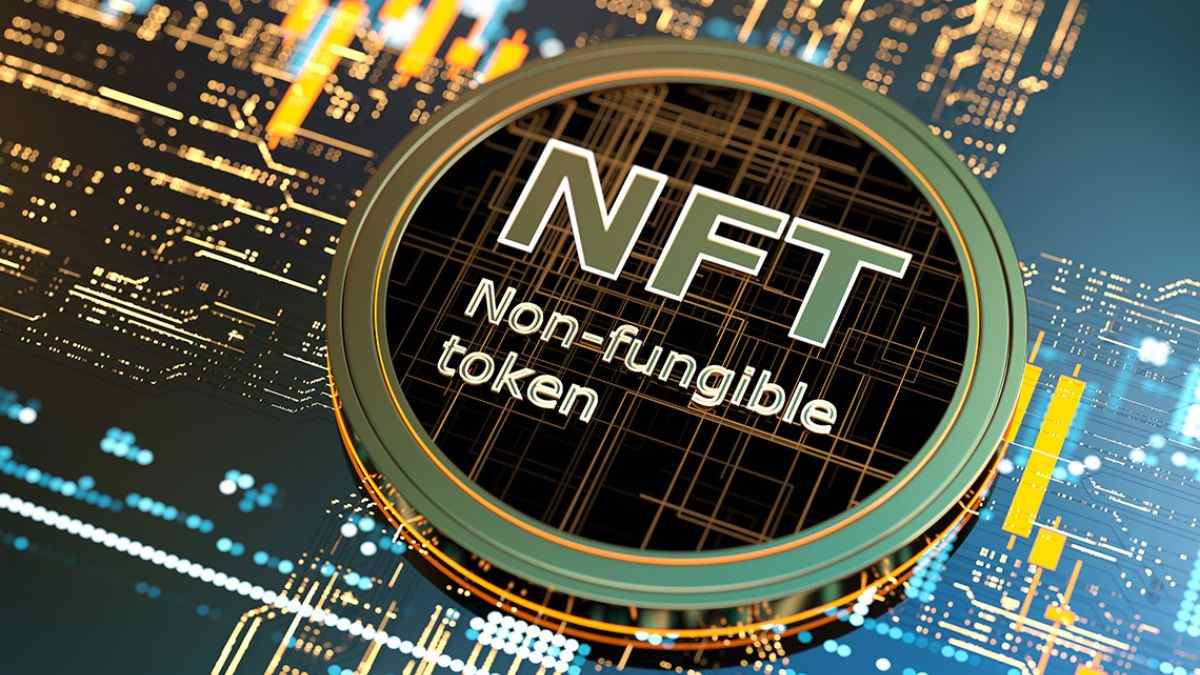
Security and Provenance: Blockchain technology ensures each dynamic NFT’s authenticity, history, and ownership are verifiable, reducing fraud and building trust among players.
Enhanced engagement: Players feel more invested when their digital items grow with them.
True ownership and interoperability: Unlike traditional games where assets are locked to one ecosystem, pNFTs can be traded or used across multiple games.
Economic upside: Unique evolving assets often command higher prices on secondary markets as they reflect individual achievement and rarity (source).
Market Pulse: Web3 Gaming Assets and Crypto Prices (as of September 23,2025)
The demand for NFT-based economies is closely tied to the health of major crypto ecosystems powering Web3 gaming integration. As of today:
- Ethereum (ETH): $4,194.57 (down 3.34%)
- Decentraland (MANA): $0.2931 (down 3.92%)
- The Sandbox (SAND): $0.2719 (down 5.22%)
This volatility reflects both the excitement and risk inherent in emerging markets – but also underscores why programmable NFTs are so appealing: they offer lasting value independent of any single game’s fate.
Pushing Boundaries: Metagraph Streaming and Next-Gen Skins
The latest innovation is metagraph streaming, where programmable NFTs sync not just within one title but across entire networks of games and experiences (source). Projects like HyprMtrxRising are experimenting with skins that adapt based on aggregated performance metrics from multiple worlds – imagine unlocking an exclusive effect after achieving top ranks in three different games!
This cross-platform evolution is a game-changer for both players and developers. For gamers, it means your digital identity and achievements can travel with you, creating a persistent sense of progression and status. For studios, it opens up new monetization models and collaborative opportunities, think limited-edition skins that require feats across several universes, or branded assets that react to real-world events like esports tournaments.
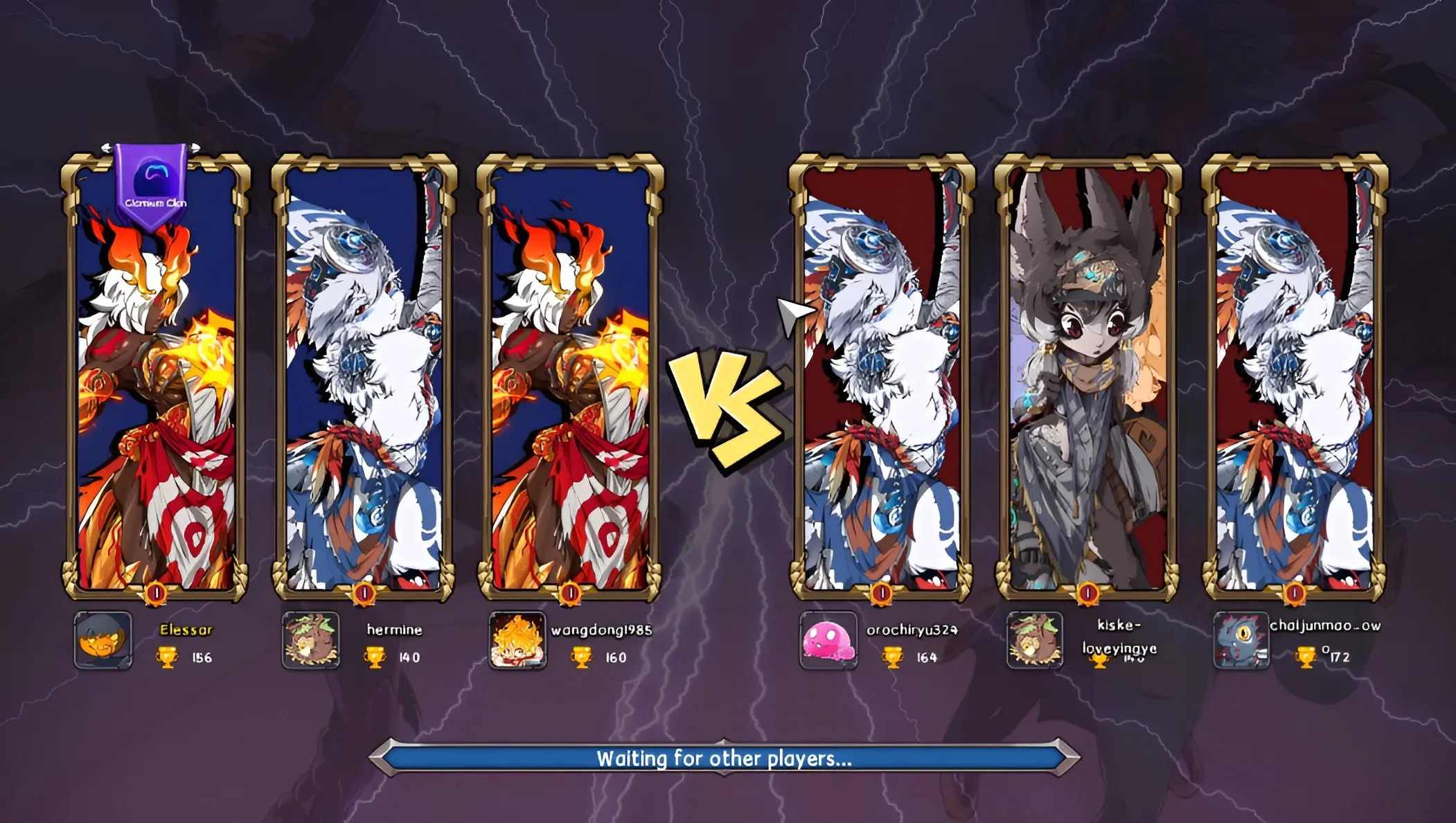
Real-World Impact: Programmable NFTs in Action
We’re already seeing early success stories. Some Web3 titles have introduced quest-driven skins that unlock visual upgrades based on blockchain-verified milestones. Others are piloting skins whose color palettes shift with live weather data or local time zones, blurring the lines between virtual and physical reality. This is only possible through the flexible metadata and rule sets enabled by programmable NFTs (source).
What’s more, these dynamic assets are igniting secondary markets. Collectors now hunt for rare achievement-based variants or event-limited versions, driving up liquidity and value in NFT-based economies. The ability to prove provenance and uniqueness on-chain also helps combat fraud, a major pain point for traditional skin trading.
Developer Toolkit: Integrating Programmable Skins
If you’re building a Web3 game, integrating in-game NFT skins is easier than ever thanks to open standards like Metaplex’s pNFT protocol (source). These frameworks let you define granular rules for how NFTs behave, delegate upgrade rights, set cross-title compatibility, or even allow community-driven modifications.
Steps to Implement Programmable NFT Skins in Web3 Games
-
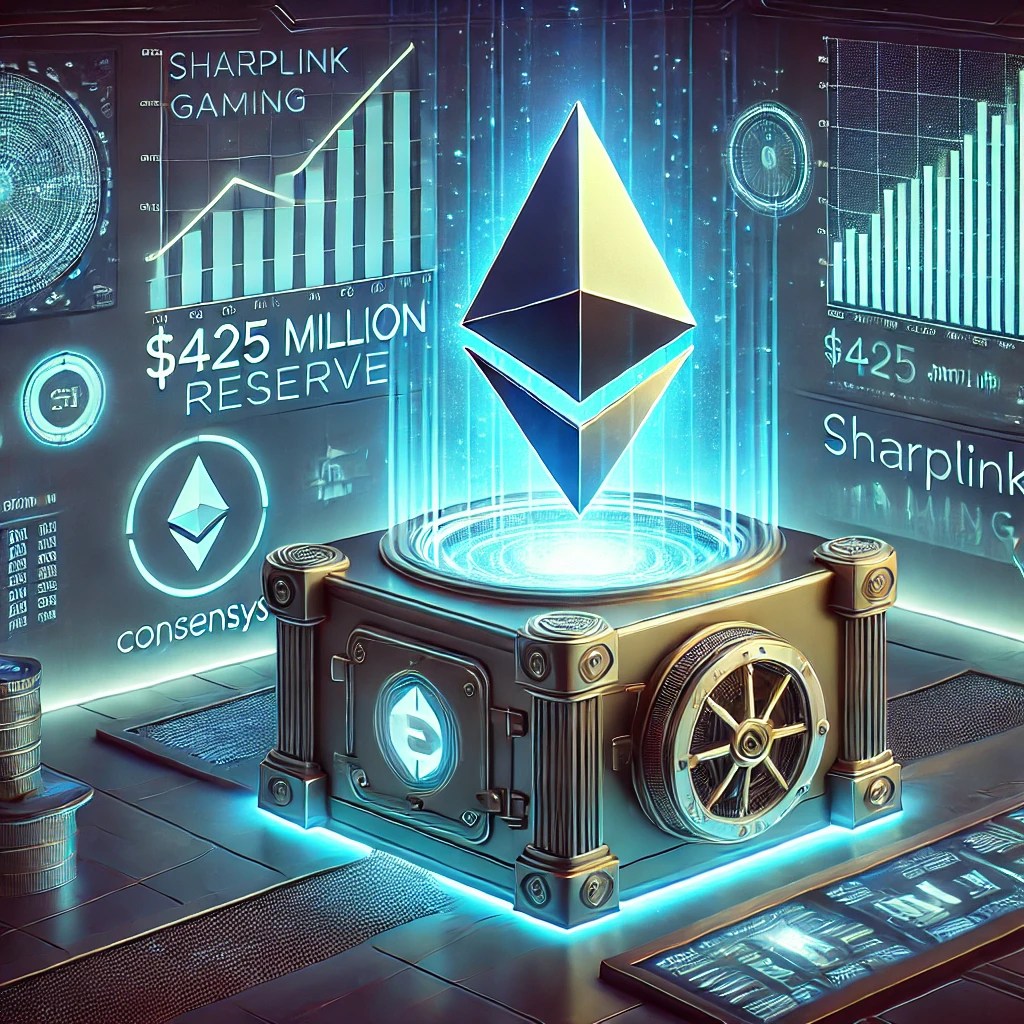
1. Choose a Robust Blockchain PlatformSelect a well-established blockchain like Ethereum or Polygon to mint and manage NFT skins. Ethereum, currently trading at $4,194.57, remains a leading choice for its mature NFT ecosystem and developer resources.
-
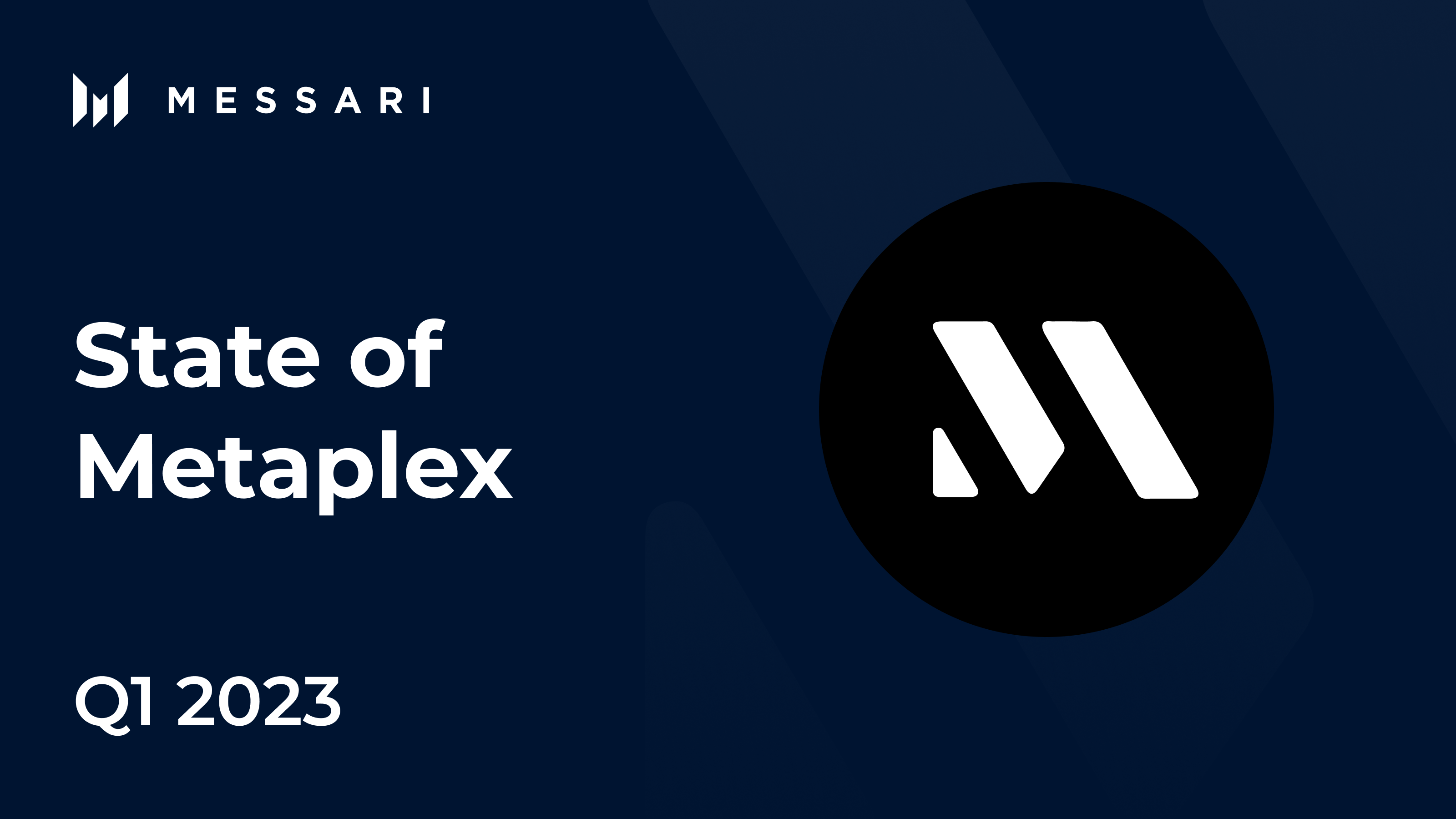
2. Integrate Programmable NFT StandardsAdopt dynamic NFT protocols such as ERC-721 or Metaplex’s Programmable NFTs (pNFTs) to enable evolving in-game skins. These standards support smart contracts that update NFT attributes based on gameplay.
-
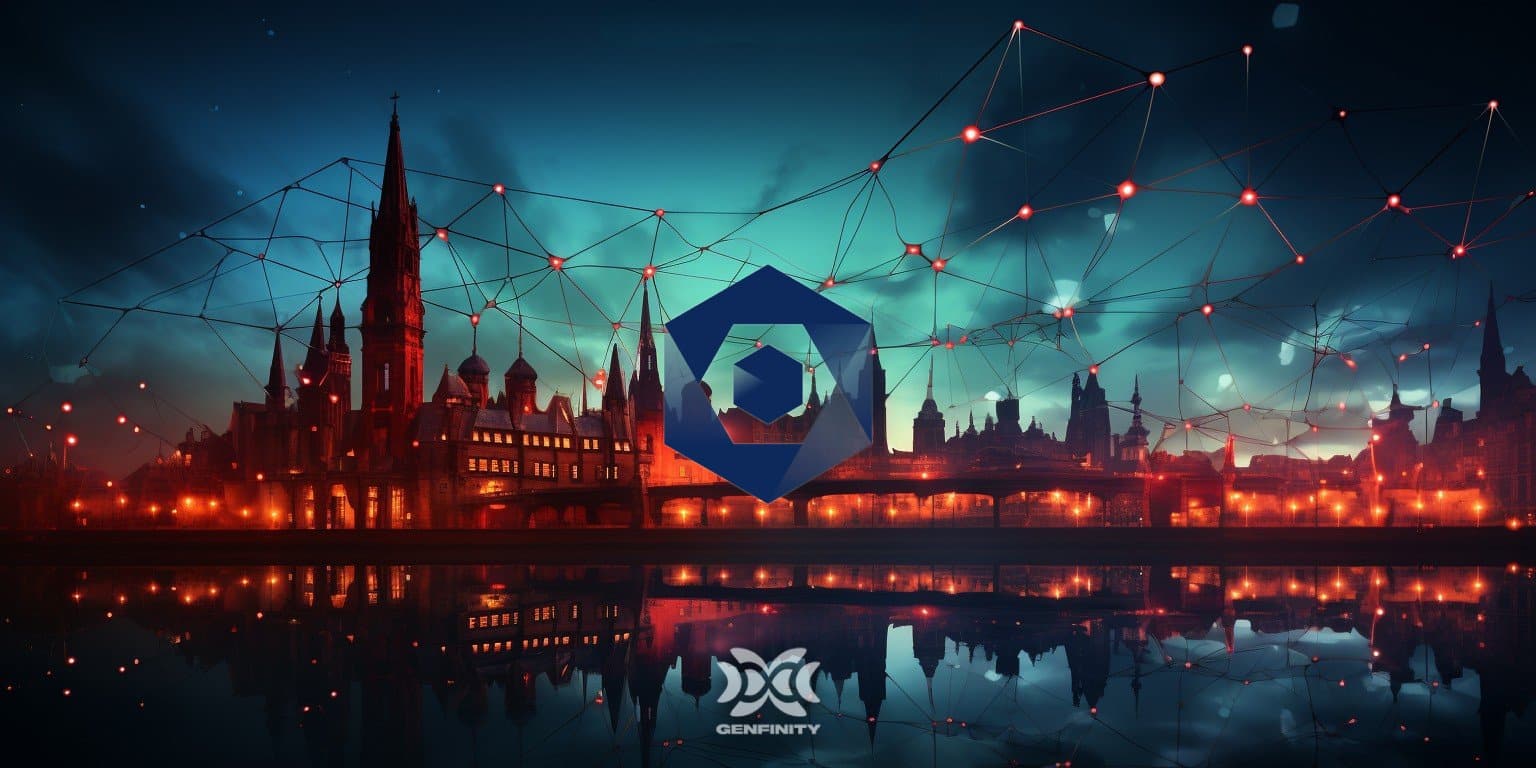
3. Connect to a Metagraph or Smart NetworkLeverage networks like SubQuery or Graph Protocol to link your NFTs to a metagraph—a smart network that syncs in-game data, achievements, and external events, ensuring skins evolve dynamically.
-
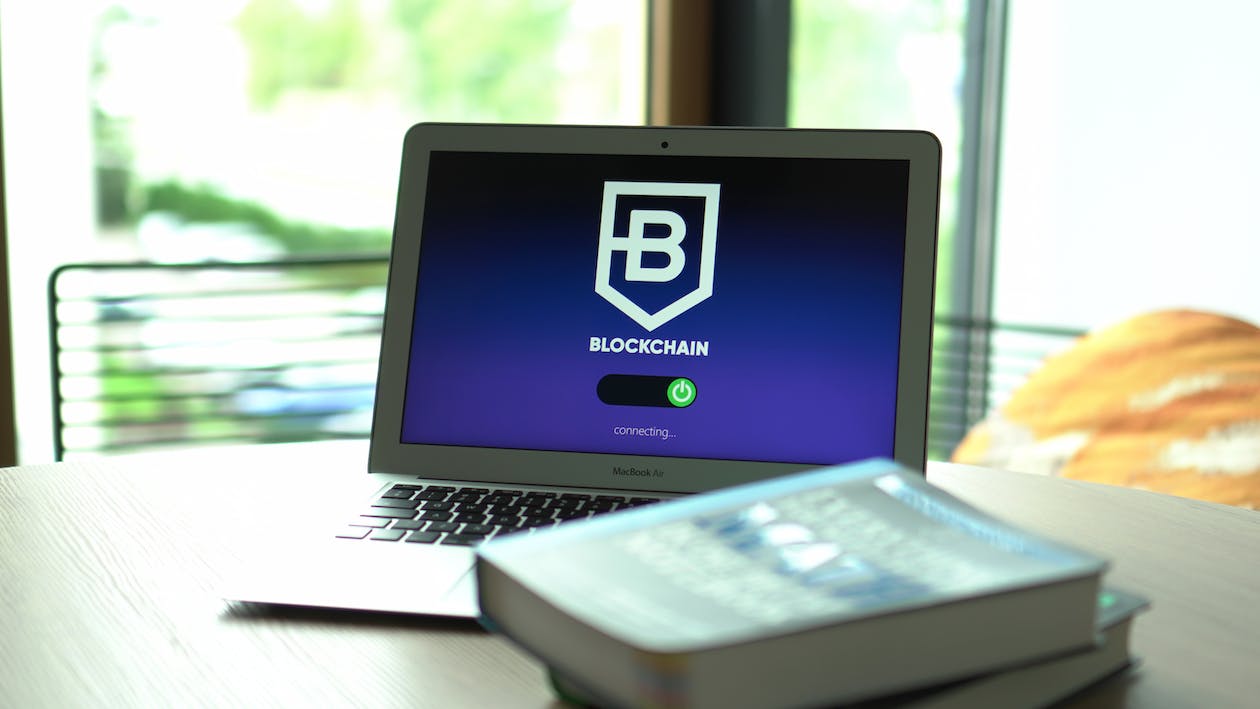
4. Design Reactive Smart ContractsDevelop smart contracts that respond to in-game triggers (e.g., level-ups, quest completions). Use tools like PARSIQ to create contracts that modify NFT metadata in real time, delivering a truly dynamic skin experience.
-
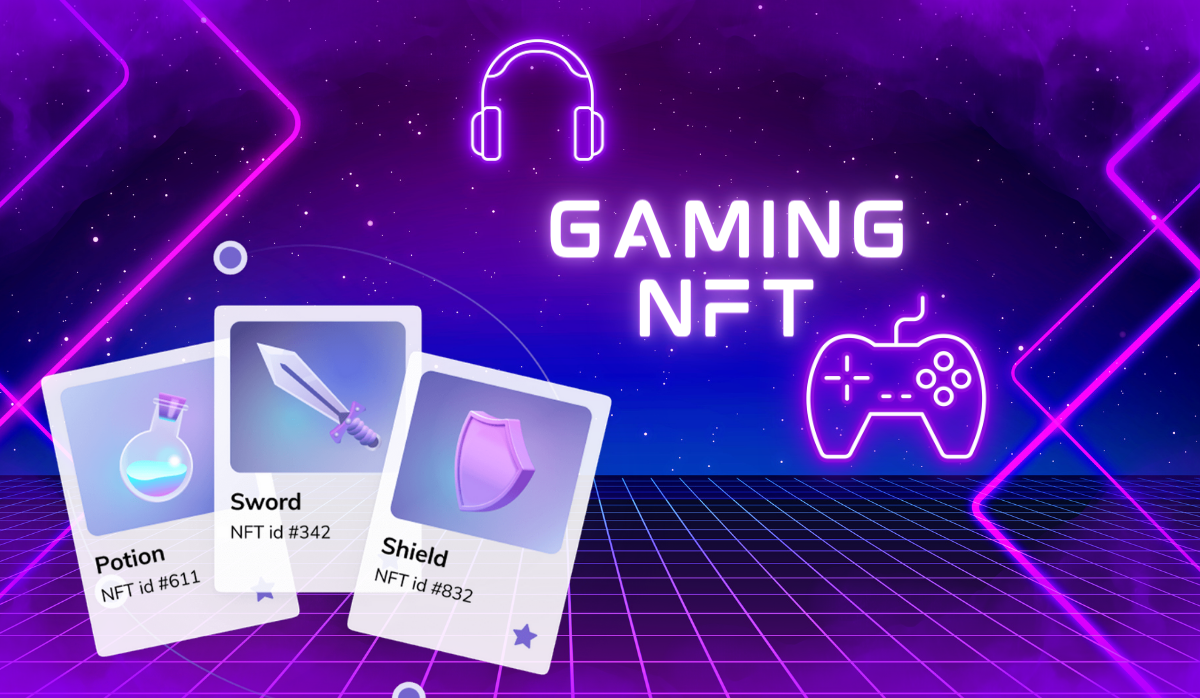
5. Ensure Interoperability and OwnershipImplement standards that allow NFT skins to be traded or used across multiple games and platforms, such as OpenSea compatibility and Immutable X integration. This maximizes true ownership and market opportunities for players.
-
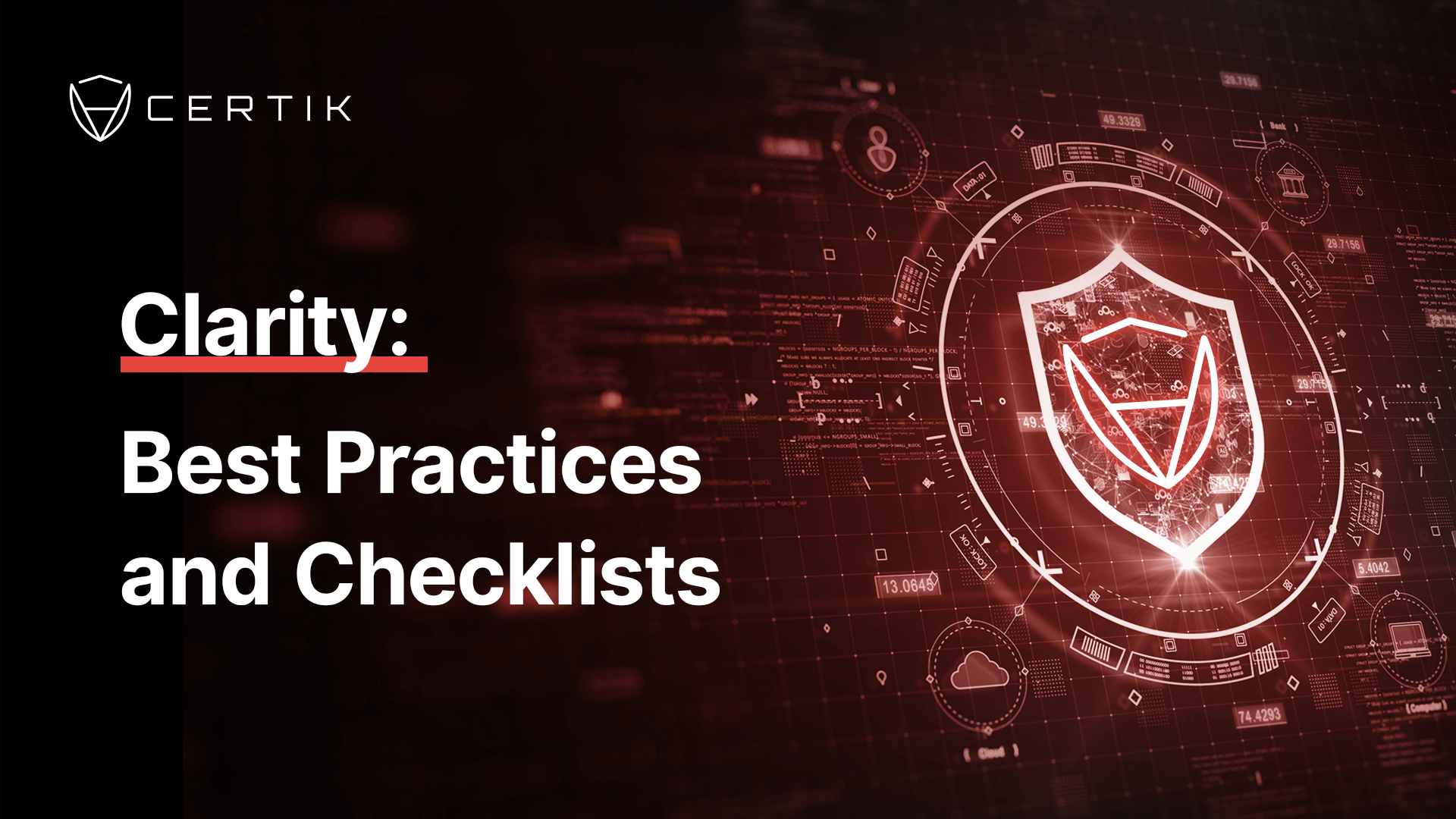
6. Test, Audit, and LaunchThoroughly test your programmable NFT skins in various gameplay scenarios. Conduct security audits with trusted firms like CertiK to ensure smart contract reliability before launching to your player base.
Here’s a quick roadmap:
- Define triggers: What actions or events will cause your NFT skin to evolve?
- Set interoperability goals: Will your assets work across multiple games or platforms?
- Leverage smart contracts: Use reactive contracts to automate attribute changes in real-time.
- Engage your community: Let players participate in designing or upgrading their own NFTs.
The result? A more vibrant player economy where digital ownership is meaningful, and creativity knows no bounds.
What’s Next? The Future of Web3 Gaming Assets
The journey is just beginning. As metagraph streaming matures and standards for interoperability solidify, expect programmable NFTs to become not just a feature but the foundation of next-gen gaming experiences. Imagine entire tournaments where evolving skins become trophies in themselves, or virtual worlds where your avatar’s appearance tells the story of every battle fought across the blockchain.
If you’re excited about maximizing your investments or want to experiment with building on this frontier, now is the time to dive in! Stay curious, learn by doing, and remember: in the world of programmable NFTs, your virtual legacy can be as unique as your gameplay style.

